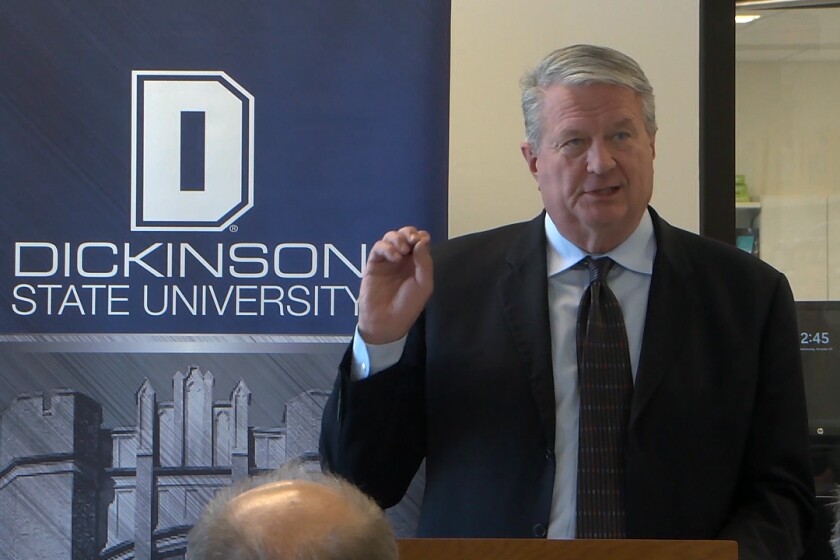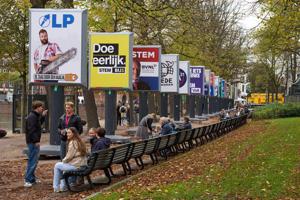URGENT UPDATE: A groundbreaking study on digital twin (DT) technology in facility management has just been released, highlighting its potential to revolutionize the costly operation and maintenance (O&M) phase of facility lifecycle management. Conducted by researchers from Western Michigan University, including Obaidullah Hakimi, Hexu Liu, and Osama Abudayyeh, this comprehensive bibliometric review analyzes 248 research articles spanning from January 2012 to March 2022.
The urgency of this research cannot be overstated. Facility management has long struggled with insufficient attention and inadequate asset management plans, leading to exorbitant costs. The study reveals that DT technology is crucial for real-time data acquisition and decision-making, addressing these longstanding challenges head-on.
Utilizing VOSviewer for visualization and analysis, the researchers identified key contributors and core topics in DT for facility management. They found that current studies primarily focus on four significant areas: building information modeling (BIM), AI-driven predictive maintenance, real-time cyber-physical system data integration, and comprehensive facility lifecycle asset management.
Through keyword clustering, the study categorized seven main research clusters, including AI-based predictive maintenance and semantic interoperability. However, it also highlighted a startling gap: most influential research remains theory-focused, with limited practical applications. This emphasizes the need for more case studies that can translate theory into effective real-world solutions.
The study’s citation analysis ranks the UK as the leading contributor, spearheaded by the University of Cambridge, while Automation in Construction emerges as the top publication source in this niche field.
Looking ahead, the researchers pinpoint several critical areas for further investigation, including AI-based real-time asset health management and intelligent infrastructure monitoring. These insights are vital as industries increasingly seek to harness the power of digital technologies for improved operational efficiency.
The full text of the paper, titled “Digital Twin-Enabled Smart Facility Management: A Bibliometric Review“, is available for open access at https://doi.org/10.1007/s42524-023-0254-4.
This study is a significant step towards transforming facility management practices, and its implications will resonate across the architecture, engineering, construction, and facility management sectors. As industries adopt these innovative strategies, the potential for enhanced performance and reduced costs is immense.
Stay tuned for more updates as this story develops.







